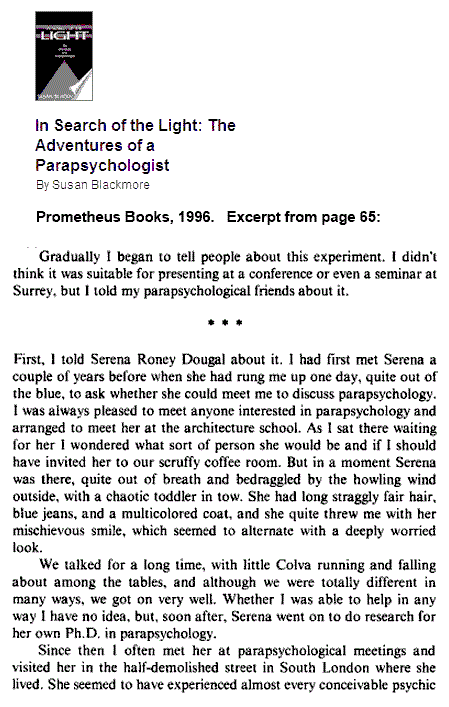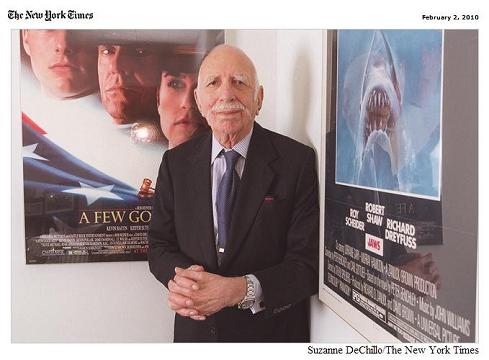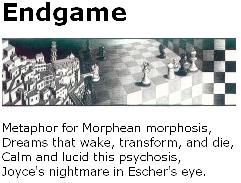From Fitzgerald’s The Diamond as Big as the Ritz:
“Now,” said John eagerly, “turn out your pocket and let’s see what jewels you brought along. If you made a good selection we three ought to live comfortably all the rest of our lives.”
Obediently Kismine put her hand in her pocket and tossed two handfuls of glittering stones before him.
“Not so bad,” cried John, enthusiastically. “They aren’t very big, but– Hello!” His expression changed as he held one of them up to the declining sun. “Why, these aren’t diamonds! There’s something the matter!”
“By golly!” exclaimed Kismine, with a startled look. “What an idiot I am!”
“Why, these are rhinestones!” cried John.
From The Hawkline Monster, by Richard Brautigan:
“What are we going to do now?” Susan Hawkline said, surveying the lake that had once been their house.
Cameron counted the diamonds in his hand. There were thirty-five diamonds and they were all that was left of the Hawkline Monster.
“We’ll think of something,” Cameron said.
Related material:
“A disciple of Ezra Pound, he adapts to the short story the ideogrammatic method of The Cantos, where a grammar of images, emblems, and symbols replaces that of logical sequence. This grammar allows for the grafting of particulars into a congeries of implied relation without subordination. In contrast to postmodernists, Davenport does not omit causal connection and linear narrative continuity for the sake of an aleatory play of signification but in order to intimate by combinational logic kinships and correspondences among eras, ideas and forces.”
— When Novelists Become Cubists:
The Prose Ideograms of Guy Davenport,
by Andre Furlani
“T.S. Eliot’s experiments in ideogrammatic method are equally germane to Davenport, who shares with the poet an avant-garde aesthetic and a conservative temperament. Davenport’s text reverberates with echoes of Four Quartets.”
— Andre Furlani
“At the still point,
there the dance is.”
— T. S. Eliot, Four Quartets,
quoted in the epigraph to
the chapter on automorphism groups
in Parallelisms of Complete Designs,
by Peter J. Cameron,
published when Cameron was at
Merton College, Oxford.
“As Gatsby closed the door of
‘the Merton College Library’
I could have sworn I heard
the owl-eyed man
break into ghostly laughter.”
— F. Scott Fitzgerald





